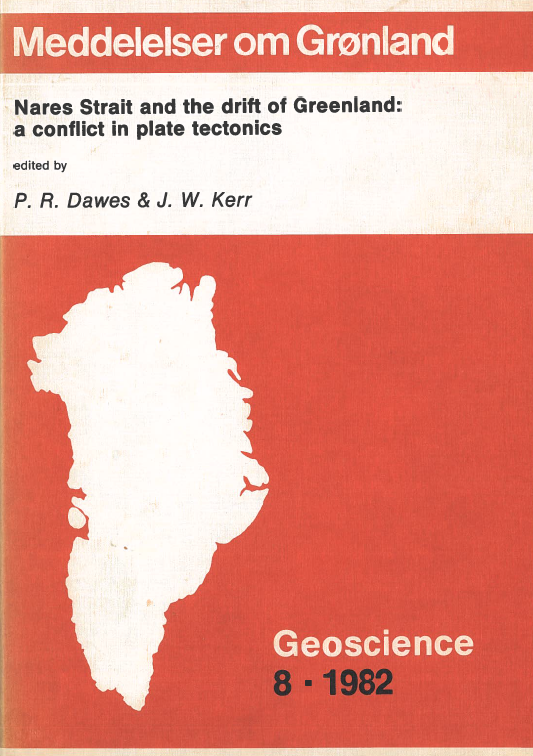Nares Strait: a conflict between plate tectonic predictions and geological interpretation
DOI:
https://doi.org/10.7146/moggeosci.v8i.139606Abstract
The majority of published plate tectonic models concerning relative movement of North America and Greenland predict sinistral movement of 100 to 250 km along Nares Strait since the mid-Upper Cretaceous. Some models also predict an initial gap of up to 150 km across it in late Cretaceous time. If geological and structural data across Nares Strait convincingly preclude such movements, the plate tectonic models for the area must be revised. Different plate configurations and the problems they pose are presented when a) the Queen Elizabeth Islands are considered part of the Greenland plate and Parry Channel is considered the fossil boundary between the North American and Greenland plates, b) the North American and Greenland plates are considered non-rigid to accommodate the relative motions between them, thereby involving virtually no movement along Nares Strait and c) there is a combination of the previous two situations. The pre-drift reconstructions of Greenland relative to North America show that, if no strike-slip motion is allowed along Nares Strait, serious overlaps occur between the continental crust of the two plates. It is concluded from these reconstructions that either strike-slip motion did take place along Nares Strait as the plate tectonic models have predicted or far more deformation of the plates, not supported from their presently known geology, must have taken place. More detailed geological and geophysical information is needed in the regions surrounding Nares Strait before a definite answer to this problem can be obtained.
Downloads
Published
How to Cite
Issue
Section
License
Coypyright by the authors and the Commision for Scientific Research in Greenland / Danish Polar Center. No parts of the publications may be reproduced in any form without the written permission by the copyright owners.


